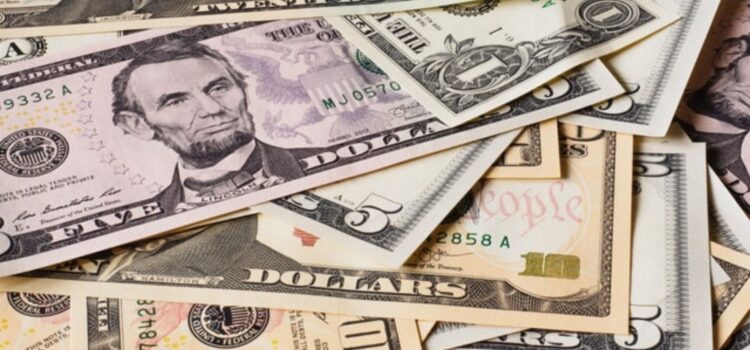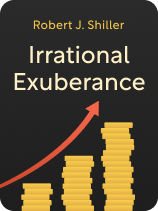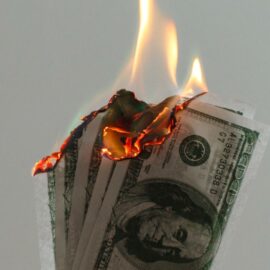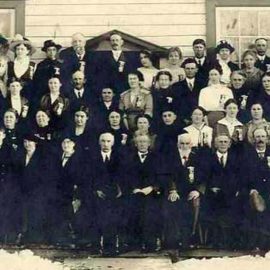

This article is an excerpt from the Shortform book guide to "Irrational Exuberance" by Robert J. Shiller. Shortform has the world's best summaries and analyses of books you should be reading.
Like this article? Sign up for a free trial here.
What caused the economic growth of the 1920s? In what ways was this similar to the 1950s economic boom?
The economic growth of the 1920s and the 1950s economic boom was caused by “new era” economics, a mindset where investors began to believe that market growth would continue for a long period of time due to cultural changes. To understand why these booms happened, you need to understand this mindset.
Learn what caused the economic growth of the 1920s and 1950s and how new-era thinking contributed.
How New-Era Economic Theories Work
There’s a certain cultural tendency to justify market growth in terms of “new era” economic theories—theories that claim we’ve entered into a new economic era, meaning such growth will continue indefinitely. New-era thinking further inflates speculative bubbles by causing investors to believe market growth is inevitable. We’ll focus on two topics in particular: the economic growth of the 1920s and the 1950s economic boom.
Era #1: New-Era Thinking in the 1920s
During the bull market of the 1920s, several factors conspired to create a widespread belief that the US had entered a new economic era. As Robert J. Shiller relates, the ’20s witnessed a technological explosion that was evident not just to the wealthy, but to the working class as well—automobiles became commonplace by the decade’s end, and electricity became standard even in rural areas that had previously relied on kerosene lamps. Further, the sharp increase in radio availability created a population that felt more interconnected than ever before.
(Shortform note: According to experts, the proliferation of technology in the home—including electricity and related items like refrigerators, washers, and heaters—meant that it required much less time to run a household. Consequently, women whose time had previously been devoted exclusively to managing the house now had time to enter the workforce, leading to economic growth that further strengthened the idea of a new economic era.)
These developments ushered in a belief that the US had entered a new industrial age that promised massive economic growth. For example, the head of advisory firm Moody’s Investing Service, John Moody, explicitly stated in 1928 that the US was headed into a new era of civilization capable of perfecting itself. Similarly, renowned Yale economist Irving Fisher concluded in 1929 (just before the crash) that the stock market’s high valuation would persist indefinitely. Theories like these, Shiller explains, fostered a sense of unqualified optimism among investors that consequently led them to bid up stock prices even higher.
(Shortform note: Although many bought into the new-era thinking of the 1920s, a few prescient investors avoided the hype. Most famous among these is Roger Babson, a statistician and investor who in a 1929 speech warned of a looming crash. According to Babson, the pervasive speculation in the stock market suggested that a massive correction was overdue, and he therefore recommended that investors trading on margin immediately pay it off and withdraw their funds from the market.)
Era #2: New-Era Thinking in the 1950s
The mid-1950s, which saw a 94% inflation-adjusted stock market rise between 1953 and 1955, was rife with new-era thinking that stemmed from several factors. First, the apparent peace in the wake of World War II gave rise to extreme optimism. Moreover, the sudden introduction of television instilled a vision of imminent technological innovation into Americans’ minds. Finally, because inflation had remained extremely low in the mid-’50s, many Americans believed the dollar would remain the strongest currency in the world.
(Shortform note: According to experts, the economic boom of the 1950s—which saw GDP skyrocket from $200 billion to $500 billion—was largely driven by increased government spending. The government, they point out, began spending lavishly on infrastructure, education, and military technologies throughout the 1950s. This increased spending stimulated the economy, leading to low unemployment and relatively high wages throughout the decade.)
These factors led to excessive financial optimism in the ’50s and even into the ’60s. For example, in 1955, US News and World Report ran a story explicitly claiming a new era was imminent because war had ceased, recessions had been short-lived, and employment was high. Such theories, he notes, led investors to forego caution and invest aggressively. Ultimately, this resulted in a relative plateau of stock market growth between 1966 and 1992, suggesting the market had become overpriced by the mid-1960s.
(Shortform note: The new-era thinking of the 1950s and ’60s was less potent than the unqualified optimism of the 1920s for one reason: The Cold War. Many Americans’ enthusiasm was tempered by continued US involvement in the Cold War with the Soviet Union, because the threat of communism—or, worse yet, nuclear apocalypse—loomed large in the public psyche.)

———End of Preview———
Like what you just read? Read the rest of the world's best book summary and analysis of Robert J. Shiller's "Irrational Exuberance" at Shortform.
Here's what you'll find in our full Irrational Exuberance summary:
- That financial markets are rife with speculation
- The three key US financial markets where speculative bubbles have formed
- Recommendations to financial leaders and the public for mitigating bubbles






